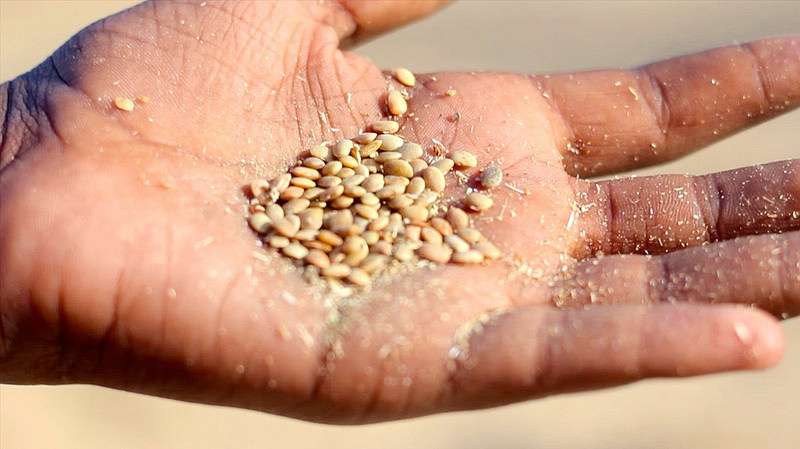Efficient cropping project furthers global food security

A West Australian-based researcher has helped boost global food security, with trials that have shown a 45 per cent increase in lentil crop production in some of the poorest communities in Asia.
The five-year project introduced a practice known as relay sowing to communities in Bangladesh, where primed lentil seeds are broadcast into standing monsoonal rice approximately two weeks prior to rice harvest.
"Three of our researchers here at UWA travelled from Perth to Dhaka several times each year," UWA's Centre for Plant Breeding and Genetics and Institute of Agriculture Professor William Erskine says.
"We conducted trials with local farmers before moving into larger demonstrations in several single hectare blocks.
"In Bangladesh, the land is very fertile but there is a lot of people, so the growing space that each person owns is very small."
"To make a demonstration of one hectare you have to bring together several households. But we managed to do that and it has really changed the amount of dal being produced."
The project funded by the Australian Centre for International Agricultural Research (ACIAR), has seen lentil production rise from 120,000 to 173,000 tonnes each year.
Lentil provides a source of protein to developing communities, Prof Erskine says, with the added bonus that the crop secures nitrogen in the soil and reduces the amount of nitrogen farmers need to apply artificially for growing rice.
"It improves nutritional quality, which is particularly important for kids and pregnant women," Prof Erskine says.
Prof Erskine says farmers in Bangladesh use irrigation techniques adapted for a shallow water table to grow two rice crops per year.
That second rice crop supplanted the lentils that previously grew there, and required Bangladesh to import a large quantity of lentils to meet dietary requirements.
Lentil crop sandwiched by rice production cycle
"I saw that between the rice crops there was scope to grow a lentil crop without disrupting the rice production cycle," he says.
Before joining the team at UWA, Prof Erskine worked in Aleppo in Syria for 27 years, in a large international agricultural research center.
Much of his research has been adapted to develop Australia's own lentil export industry, which currently produces about 350,000t each year for export to Southeast Asia, making Australia one of the world's top five lentil exporting nations.
"We're building both a pea model and a lentil model from this research, which is useful in the southwest of Western Australia where farmers are growing pea crops," he says.
Provided by Science Network WA
This article first appeared on ScienceNetwork Western Australia a science news website based at Scitech.




















